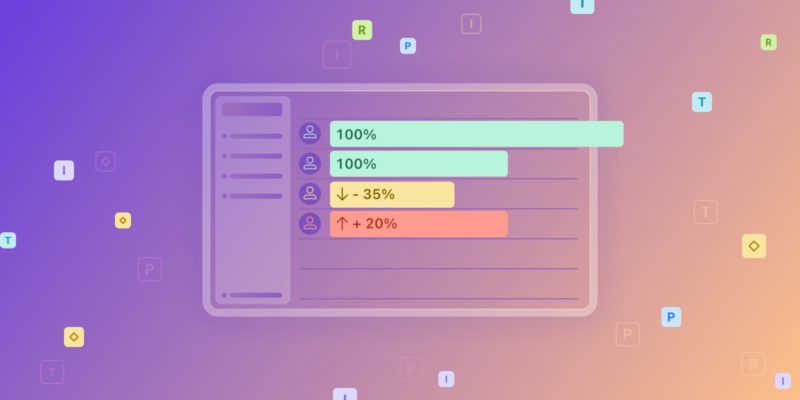Project reports are as necessary to a team’s efforts as water, and oftentimes just as boring. The problem is that some project managers are excellent at organizing large groups of people or coordinating schedules, but not so good at writing an effective document.
Now hold on, you say. It’s just putting words on a page. How hard can it be?
The answer is very hard. After all, why do you think companies hire specialist technical writers? Thankfully, project managers don’t have to resort to that to write a project report. Instead, you just need to remember a few things:
Write to Your Audience
Are you writing for upper management, or for the client? Different groups will be looking for different information. Upper management, for example, might be looking for productivity levels and staffing data. Clients will want close tracking of billable hours and project status.
Don’t forget terminology, either. Neither the client nor upper management may know what you’re talking about when you use internal team lingo.
Keep It Short
You’re writing a project report, not a college thesis. If the purpose of your report is to give a project update, then you should keep your report to a few pages at the most. There’s no need to include extra information like a project background or the like if you’re already mid-project since everyone should already know what you’re doing and why.
Stay Relevant
Yes, a task is a few days behind. But does the customer really need to know that your team member had a family emergency? All that matters to the customer is where the project is currently at, and what you’re doing to catch up. Everything else is none of their business. Management, on the other hand, might want to know why Jerry didn’t show up for work the past few days.
Illustrate Your Point
If you’re dealing with statistics and percentages, then perhaps the best way to get your information across is to use a chart or graph. This is especially true if you’re comparing similar information, such as hours worked per employee/task. This at-a-glance method is very convenient for the reader, plus leaves you less to write.
Proofread
Even professional novelists, who type upwards of 300,000 words a year, need to go back and check their work. Project reports aren’t nearly as long of course, but that only means you have fewer excuses to go back and review before sending it out. Typos, wrong names, and erroneous statistics are big issues when a six-figure project is at stake.
Possibly the best part about writing a readable, well-formatted report is that you can use it as a basis for future reports. It becomes a template on which you can just swap out with the most recent information. Yes, it seems daunting at first, but you’ll save so much more time in the future.



